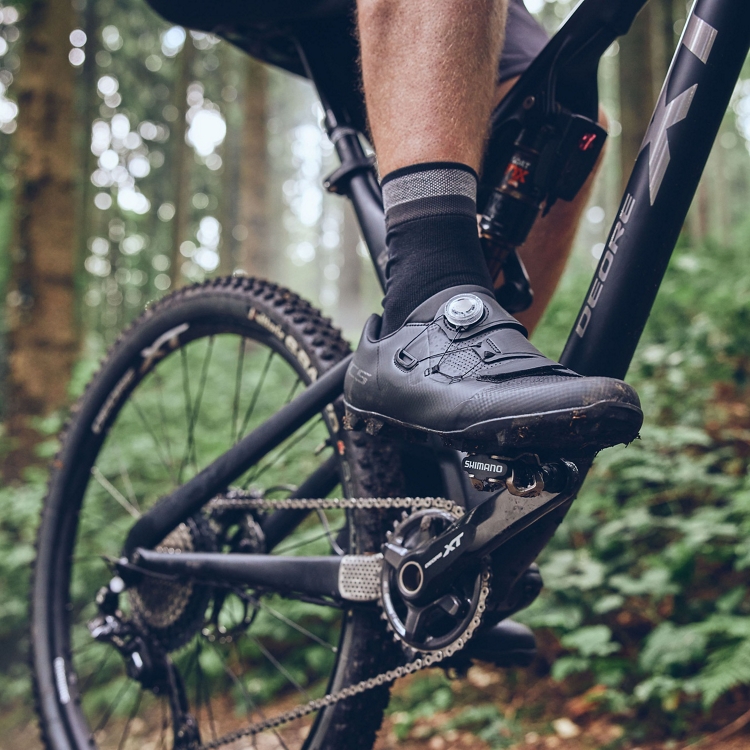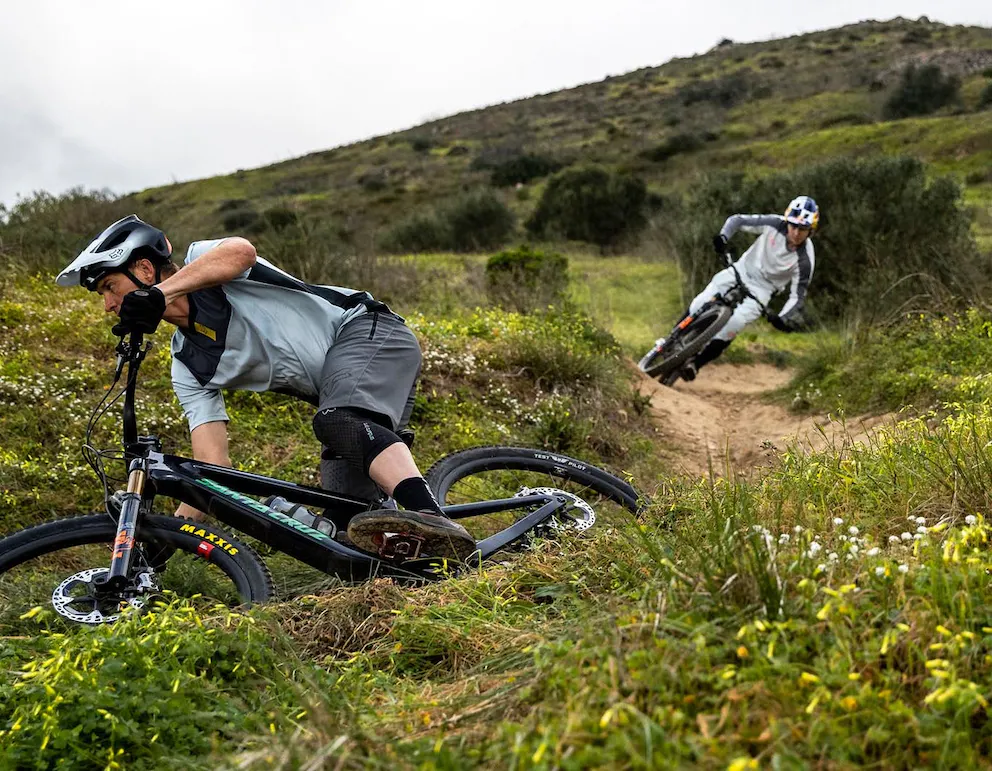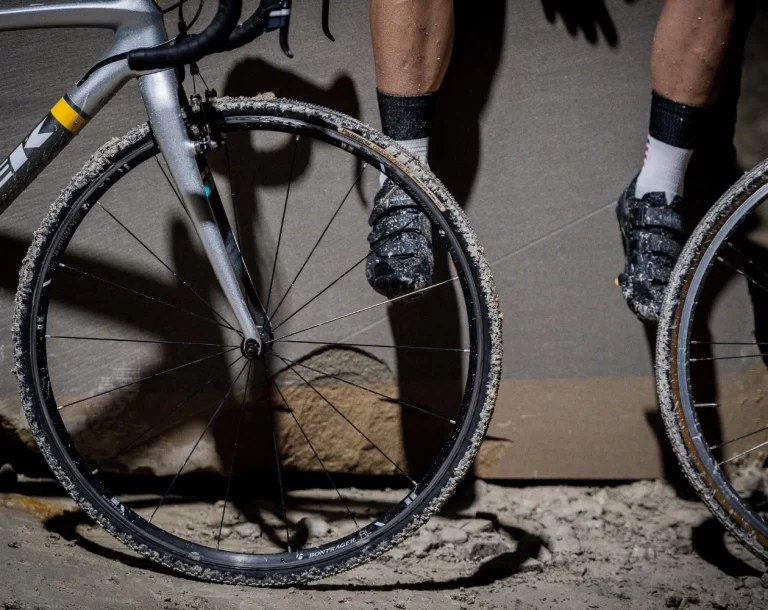How to Maintain Your Mountain Bike Wheels: Essential Care and Cleaning Tips

Key Point Summary of How to Maintain Your Mountain Bike Wheels:
- Regular Inspection: Check for damage, wear, and true (alignment) of the wheels frequently.
- Cleaning Practices: Clean wheels and tires regularly to remove dirt, mud, and debris.
- Tire Pressure Management: Regularly check and adjust tire pressure to suit riding conditions and prevent damage.
- Hub and Spoke Care: Lubricate hubs and check spoke tension to ensure wheel integrity.
- Professional Servicing: Consider annual professional checks for wheel true, hub servicing, and overall wheel health.
As a masters cyclist with years of experience across various cycling disciplines, including mountain biking, I’ve learned the critical importance of regular maintenance to ensure the longevity and performance of my bike, especially the wheels. Mountain bike wheels, in particular, take a lot of abuse on the trails, making their care a top priority for any serious rider.
Routine Inspections are Key
The foundation of good wheel maintenance is a routine inspection. After each ride, I make it a habit to give my wheels a quick once-over, looking for any signs of damage, such as dents or cracks in the rims, or bent spokes. This simple practice can help catch small issues before they become major problems.

Keeping Them Clean
Dirt, mud, and debris are inevitable companions on MTB trails, but they shouldn’t become permanent fixtures on your wheels. I’ve found that regular cleaning not only keeps the bike looking good but also prevents premature wear. A gentle hose down and a soft brush are usually enough to keep wheels clean but be cautious not to direct water directly into bearings or hubs.
Tire Pressure Management
Maintaining the correct tire pressure is crucial for performance and wheel protection. Too low, and you risk rim damage and pinch flats; too high, and you lose traction and comfort. I always check my tire pressure before a ride, adjusting it based on the terrain I plan to tackle that day.
Caring for Hubs and Spokes
The hubs and spokes often get overlooked in wheel maintenance, yet they’re vital for wheel performance and durability. Regularly applying a suitable lubricant to the hubs can keep them running smoothly, and checking spoke tension can prevent wobbly wheels. Any significant tension discrepancies or loosening should be addressed promptly to maintain wheel integrity.
Professional Servicing
Despite the best at-home care, there’s no substitute for professional servicing. At least once a year, I take my wheels to a trusted bike mechanic for a thorough check-up. They have the tools and expertise to true the wheels, service the hubs, and make any necessary repairs, ensuring my wheels are in top condition for the trails ahead.

How to Maintain Your Mountain Bike Wheels: Final Thoughts
Throughout my cycling journey, I’ve learned that taking care of my equipment, especially the wheels, is just as important as honing my riding skills. A well-maintained set of wheels can provide a significant performance advantage, enhance safety, and extend the lifespan of the bike. Whether you’re a beginner or have years of experience, regular wheel maintenance is a habit worth cultivating for every mountain biker.
In summary, maintaining your MTB wheels is crucial for maximizing performance and extending their lifespan. Regular inspections, cleaning, tire pressure management, and caring for the hubs and spokes are all integral parts of a good maintenance routine. And, when in doubt, professional servicing can ensure your wheels remain in peak condition for your next adventure.
For mountain biking enthusiasts looking for wheels that offer easy maintenance, durability, and reliability, certain models and features stand out. When selecting mountain bike wheels with maintenance in mind, look for wheels with these characteristics:
1. Tubeless-Ready Wheels:
- Example: Stan NoTubes ZTR Flow MK3
- Why: Tubeless setups reduce the frequency of flats and allow for easy sealant refreshes without needing to remove the tire completely.
2. Wheels with Sealed Cartridge Bearings:
- Example: DT Swiss M1900 Spline
- Why: Sealed cartridge bearings are less susceptible to dirt and moisture and can be easily replaced without specialized tools.
3. Alloy Wheels for Durability and Ease of Maintenance:
- Example: Shimano Deore XT M8100
- Why: Alloy wheels are generally more robust and easier to straighten or repair than carbon ones if you encounter a dent or misalignment.
4. Wheels with Easily Replaceable Spokes and Standardized Components:
- Example: Mavic Crossmax Elite
- Why: Having wheels that use standard spokes and nipples means easier and quicker replacements. Wheels that don’t require proprietary spokes or tools for simple adjustments save time and hassle.
5. Wheels with a Solid Track Record of Durability:
- Example: Race Face Aeffect R
- Why: Wheels known for their durability require less maintenance over time and can withstand the rigors of trail riding with fewer issues.
Happy trails!
John

FAQ
Do mountain bike rims wear out?
Yes, mountain bike rims can wear out, especially for rim-brake bikes where the brake pads rub against the rim, or due to impacts and dents from rough terrain for all types of bikes.
What maintenance do you need to do on a mountain bike?
Regular maintenance includes cleaning the bike, lubricating the chain, checking tire pressure, inspecting brake pads and rotors, ensuring bolts are tight, and periodically checking the suspension, drivetrain, and wheel true.
How do you clean mountain bike rims?
Use a soft brush and a bucket of soapy water to gently scrub the rims. For stubborn dirt or brake pad residue, a specialized bike cleaner or isopropyl alcohol can be used. Rinse with water and dry with a clean cloth.
How do you maintain carbon fiber wheels?
Regularly clean with soapy water, avoid harsh chemicals, inspect for cracks or damage, use brake pads compatible with carbon rims (if applicable), ensure proper tire pressure to avoid impact damage, and handle with care to prevent dropping or hitting them against hard surfaces.





